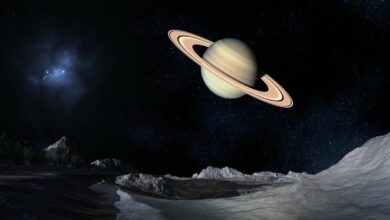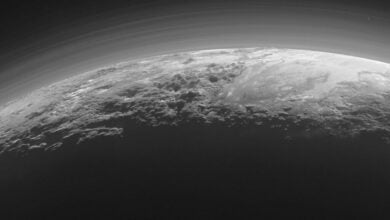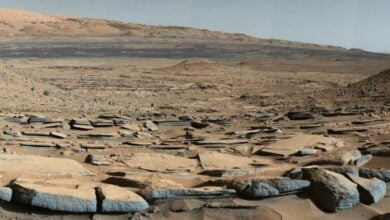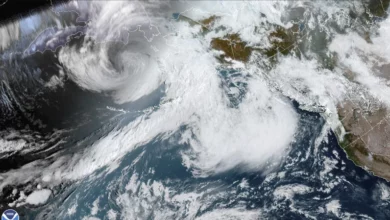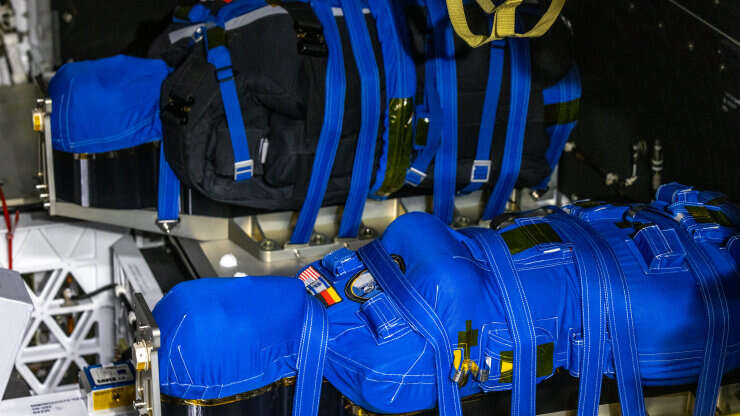
Artemis I mission to the Moon : researchers send dummies to measure radiation
(ORDO NEWS) — When the Artemis I mission leaves for space, its crew will include Helga and Zohar, two mannequin models developed in collaboration with Duke University.
The models, which scientists call “phantoms”, are made from materials that mimic human bones, soft tissues and organs.
The dummies are equipped with sensors that will measure radiation exposure during the flight to and from the moon.
Paul Segars and Ehsan Samey, researchers at Duke University School of Medicine, helped develop these models using methods originally developed to study how different medical procedures, tools, and techniques affect human organs.
“Usually these phantoms are virtual and we use them to create patient avatars. The goal of our work is that instead of doing clinical trials on humans, you can use these avatars and simulate clinical trials using a computer,” Samey explains.
“With this project, we have turned these virtual avatars into physical models for studying radiation.”
People on Earth are protected from cosmic radiation by the earth’s atmosphere, but when astronauts travel in space, they don’t have that protection. The harmful effects of cosmic rays are one of the main obstacles to deep space travel.
“When calculating risk, it is important not only how much total radiation dose is received, but also how much dose is delivered to individual organs, such as the brain, heart, liver and kidneys,” Samey said.
“Each organ has a different sensitivity to radiation, and our phantoms give us the opportunity to better understand this risk.”
The mannequins contain materials that mimic the anatomy of an adult woman, since female organs, such as the uterus and breast tissue, are especially sensitive to radiation.
When Artemis I enters orbit, Helga will be dressed in normal clothing, while Zohar will be equipped with a special radiation vest.
“The study will provide valuable data on the levels of radiation that astronauts may encounter during lunar missions and will evaluate the effectiveness of a protective vest that could allow the crew to remain in storm shelter and continue to work on mission critical tasks despite a solar storm.” described in the description of the experiment.
Once the phantoms return to Earth, scientists will measure the radiation collected by the sensors to determine the effectiveness of the safety vest.
The data from Helga will be used to calculate the levels of radiation that astronauts might encounter during various space missions, whether it’s a short trip to the Moon or a trip to Mars.
—
Online:
Contact us: [email protected]
Our Standards, Terms of Use: Standard Terms And Conditions.


